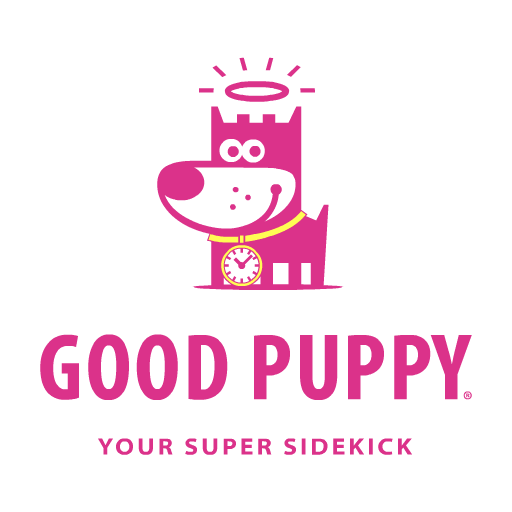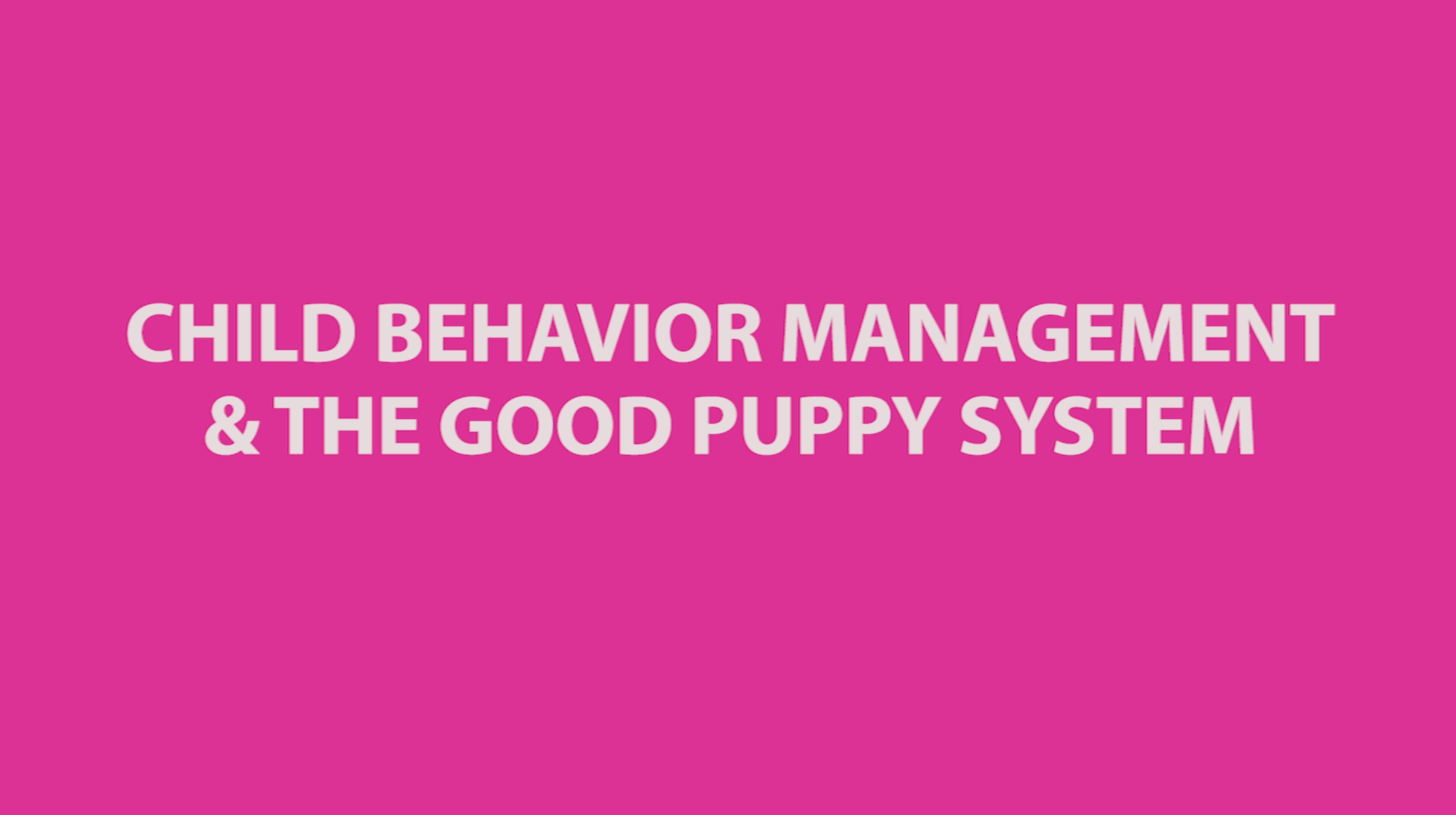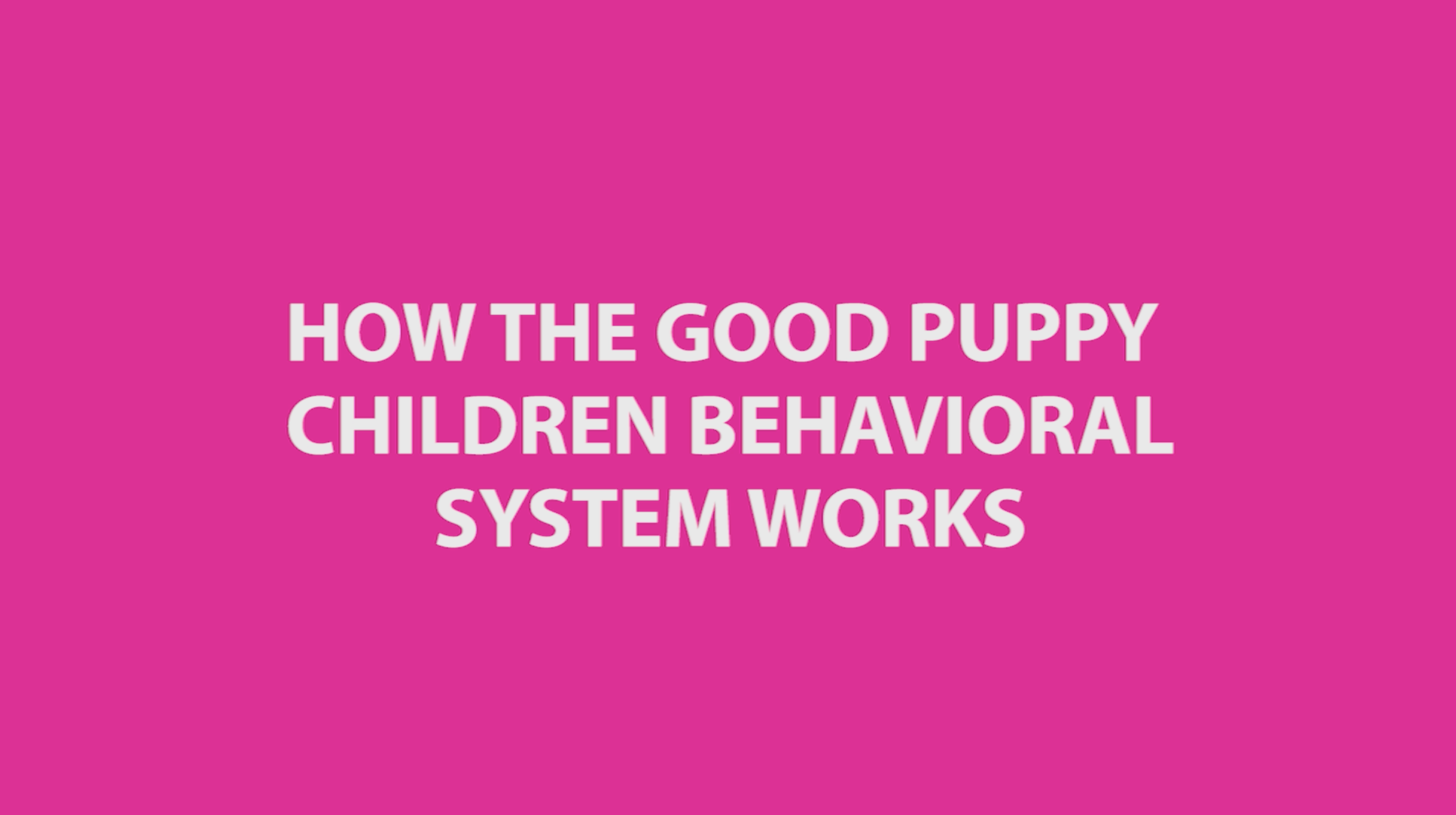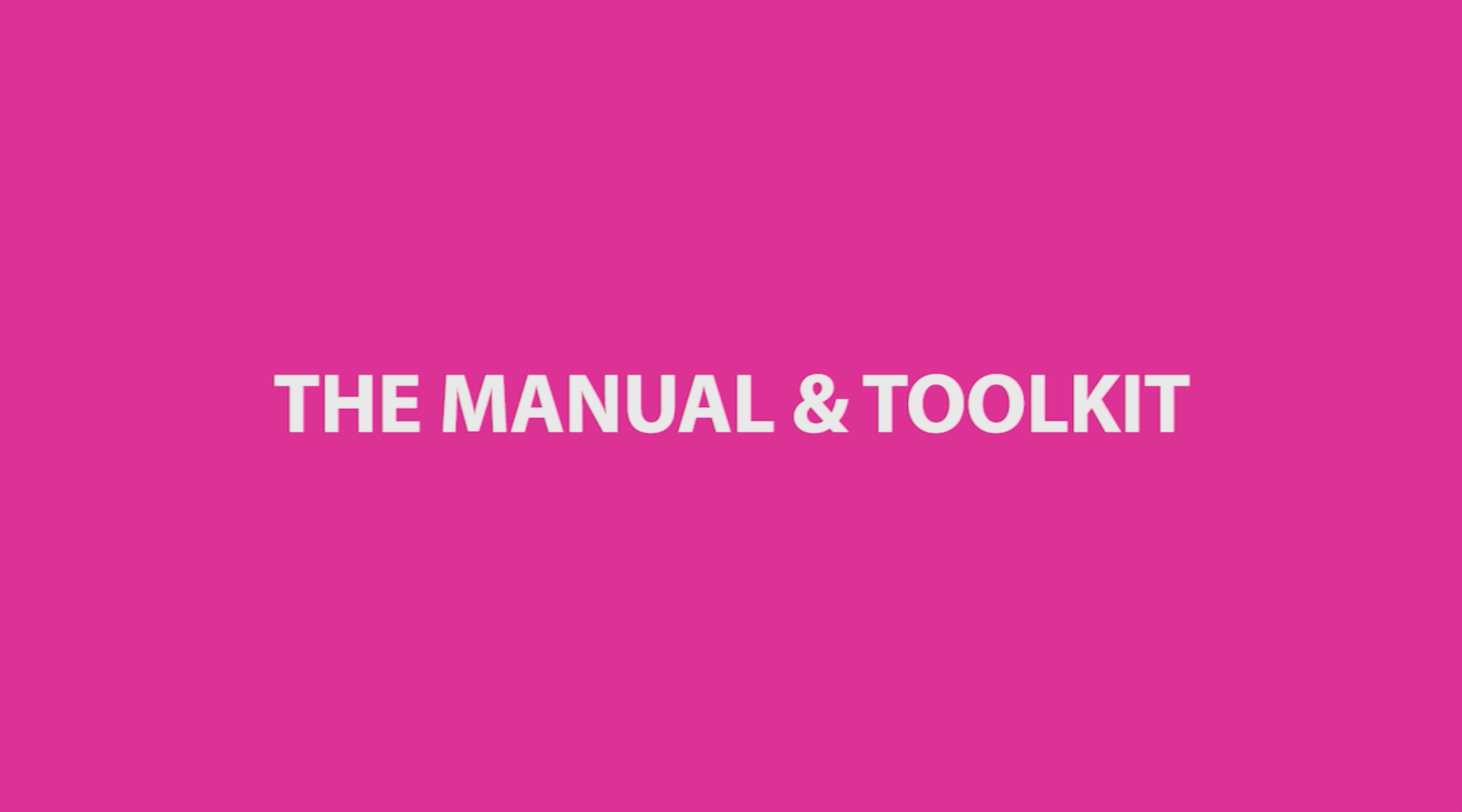CHILD BEHAVIOR MANAGEMENT & THE GOOD PUPPY SYSTEM
There is a great deal of research that has been conducted on behavior management. B.F. Skinner's approach says that anyone can manipulate behavior by first identifying what the individual finds rewarding. Once the correct rewards have been identified, they may be exchanged for good behavior. Skinner calls this "Positive Reinforcement Psychology".
Studies show that the most effective behavior management technique is promoting responsible behavior, instead of reacting to irresponsible behavior. Behavior-specific praising has been linked to decreased disruptive behavior and increased student academic engagement.
The GOOD PUPPY System promotes a positive approach to behavior management. Focusing on goals and incentives, the system is designed to help children build self-esteem by earning their privileges on their own merit. Feeling competent, children are more open to new experiences and challenges.
Most experts agree that children need clearly defined limits. While rules are imposed frontiers, agreements are well defined limits children can understand, willingly respect and grow self esteem doing so.
Cognitive behavior modification, also known as behavior therapy or cognitive therapy, focuses on identifying maladaptive behaviors in order to change them. While covert methods of behavior modification can produce results, cognitive methods are more prone to last. Cognitive behavior modification gives children the tools to monitor their own thoughts in order to identify those that create anxiety or depression. In learning to change those thoughts, children change their feelings and can gain control of their reactions and behaviors.
The GOOD PUPPY System is designed to build self-awareness. From identifying personality types, to identifying feelings, challenging situations and virtues, to understanding the flow of emotions in order to change them. Teaching children to monitor and modify their thoughts will give them the tools to control their behaviors in the future.
ABOUT THE GOOD PUPPY CHILDREN BEHAVIORAL & EMOTIONAL SYSTEM
The GOOD PUPPY Children Behavioral & Emotional System was created to aid parents, teachers and therapists in the management of children’s behavior. It is designed to improve communication, social skills and the understanding and verbalization of emotions, positively influencing family dynamics.
The GOOD PUPPY System is designed to curb children’s behavior by providing them with a healthy structure customized to their personality type. The system is designed to help children recognize, understand and verbalize emotions and serves as a guiding tool to building an empathic moral code. This image-driven system is very easy for children to understand from a very young age and it is inclusive of children suffering from color blindness, dyslexia and some dissociative disorders.
The system addresses problems with children’s misbehavior, sometimes associated to ADD, ADHD or Adjustment Disorder, such as inattention, hyperactivity, impulsiveness, tantrums, talking excessively, or infringing on others. The system helps parents build clear boundaries that children understand, it aids at removing fears of the unknown and needless stresses. The GOOD PUPPY System provides the tools to create incentives that allow children to get the attention they seek and grow self-esteem in the process. GOOD PUPPY Emotions Tools help in the understanding and verbalization of feelings and familiarize children with life’s challenges and how to face them.
The key to the GOOD PUPPY system is CONSISTENCY.
Being consistent with the application of the system is required when asking for consistency in behavior from a child.
The application of the system is based upon each individual child’s personality and needs, allowing for easy customizations to better serve all children. While children diagnosed with ADD and ADHD manifest an attention disorder, children with ADHD also show hyperactivity and children with adjustment disorder are temporarily suffering from a damaged family structure, it will be the child’s personality and needs that will be addressed instead of the diagnosis. Misdiagnosis can occur due to many varying factors, such as nutrition, the environment children are living in, or the circumstances affecting them. In order to overcome this, recommendations will be given for introverted children, who would usually be diagnosed with ADD, and extroverted children, who would usually be labeled as ADHD cases. Even for children suffering from Adjustment Disorder, the same personality distinctions should be taken into account for the proper application of the system. This approach diverts the attention from the diagnosis' limitations and negative connotations and focuses on the understanding of each personality's needs, limitations and talents.
To figure out what you would like to get out of the GOOD PUPPY System, start by looking at the areas the child needs help with. Is it inattention? Is there hyperactivity connected to the lack of attention? Is it misbehavior? Tantrums? Write a list to help you identify the child’s issues and customize your GOOD PUPPY Agreements to have the biggest impact in the areas most needed.
Then, take a look at the child’s personality. Is he or she social and hyperactive or quiet and shy? We want to find out if the child has an introverted personality or an extroverted one. While most of us show traits from both personality types, one will be more prevalent and will lead to our energy source, which is what makes us happy. While extroverts need external stimuli, introverts may need time alone. While extroverts tend to need immediate gratification, even sacrificing what they want for what they can get right now, introverts are more willing to wait for what they want, sometimes taking endless hours in its hunt. Although both personalities need attention, an extrovert may demand it, while an introvert may quietly wait for it. Being aware of children’s personality types will allow parents to better understand and respect their children's needs and limitations. Being aware of their own personality type, will help parents better understand their relationships, their expectations, their own limitations and how they may conflict with the child’s.
HOW THE GOOD PUPPY CHILDREN BEHAVIORAL SYSTEM WORKS
The GOOD PUPPY Children Behavioral System is founded on four levels, each with a unique color, name, avatar (image) and remark, stating good or wrong choices and implying consequences. Setting off from the green GOOD PUPPY, children can remain on that level, go up or go down, according to their behavior. Each level is attached to preset consequences.
Introduce the system to the child and take him or her through all of the Implementation chapter, sign the agreement, fill out both the GOOD PUPPY Agreements and Consequences, Raise the flag and get started on that Journal. A set structure of rewards and lost privileges will help the child monitor, assess and curb his own behavior in order to maintain all privileges. The system requires parents’ consistency and constant adherence to the GOOD PUPPY Agreements and Consequences chosen for proper application.
The GOOD PUPPY Children Behavioral System puts children in charge of their own status and in control of their own behavior, bringing confrontations, negotiations and negative attention seeking to a minimum with a simple question: What’s Your Puppy?
THE GOOD PUPPY CHILDREN BEHAVIORAL & EMOTIONAL SYSTEM
THERAPY . MANUAL & TOOLKIT . SESSIONS 1-10
Browse through the GOOD PUPPY System THERAPY Manual & Toolkit book to get familiar with it and notice that it is broken down into 10 sessions. Each session starts with an index and is subsequently divided into Prep Work, Session Work and Session Tools. This book is available in both a physical paperback and a digital PDF. You may use the paperback as reference, to make color copies from or you may print directly from the digital PDF. Both versions contain all the tools needed for the application of the system. Make sure to print each tool’s front and backside and build your own GOOD PUPPY Tool Kit. You will need to have your own tools available during sessions.
THE GOOD PUPPY TOOLS INCLUDED IN THE 10 SESSIONS
SESSION 1 . SYSTEM IMPLEMENTATION
THE GOOD PUPPY QUESTIONNAIRE
Every session starts and ends with the GOOD PUPPY Questionnaire. The questionnaire was developed to collect the data necessary to judge the implementation process and identify the areas that need more support. This data builds into a chart that will enable you to begin each session with an accurate progress report.
GOOD PUPPY SYSTEM LEVELS
This tool clearly explains each level of the GOOD PUPPY Behavioral System.
GOOD PUPPY AVATAR TOOLS
Avatar tools include Good Puppy Fridge Puppies, Door Hangers, 2Go Cards and Referee cards. These tools remind children that they are being monitored, giving them a sense of order, structure and safety.
Avatars provide children the positive attention they need, reducing negative attention seeking behaviors. Choices and pre-established consequences put children in charge of every situation, teaching them responsibility.
Focusing on rewarding good behaviors, these tools can motivate children and boost their self-esteem.
GOOD PUPPY CONSEQUENCES
It is the consistent application of rewards and lost privileges, that provides a solid structure children can count on. Children learn how all of their actions have consequences and that privileges have to be earned. Clear and consistent consequences reduce anxiety and promote well-being.
GOOD PUPPY AGREEMENTS
While rules are imposed and rarely understood, agreements are clear contracts that build trust and responsibility. Children that understand why they’re being expected to behave in a determined manner are more likely to comply, feel good about it and grow self-esteem doing so.
GOOD PUPPY JOURNAL
The GOOD PUPPY Weekly Journal helps build a structure children can rely on. It gives both parents and children a clear picture of what the child is doing well and what needs to be worked on. Helping children monitor and mange their behaviors while giving them a sense of control over their own behaviors.
THE PLEDGE & THE FLAG
These support tools assure children of the fairness of the game. Their positive messages are a daily reminder to “play by the rules” and the commitment helps children with feelings of belonging, being taken into account, being in control through their actions while growing self-esteem.
SESSION 2 . PERSONALITIES & INCENTIVES
THE GOOD PUPPY PERSONALITY CHART & I.D. CARDS
These tools will aid in the identification of introverts and extroverts to better understand both children and parent's needs and limitations. They will help resolve conflicts, curb expectations and in target rewards.
GOOD PUPPY PLAY CASH
A coherent token system designed to help children curb their behavior while learning the value of their contributions.
GOOD PUPPY TICKETS
A simple but effective positive reinforcement designed to catch children doing well and promote that behavior with a reward.
GOOD PUPPY GIFT CERTIFICATES
Designed to postpone gratification, gift certificates teach children to work towards a long-term goal.
GOOD PUPPY CERTIFICATES OF ACHIEVEMENT
A support tool for overcoming personal limitations, certificates are an acknowledgement of behavior that helps build self-esteem.
SESSION 3 . STRUCTURE & COMMUNICATION
GOOD PUPPY ME! CARDS
These cards help children identify their needs and communicate them without having to act them out.
GOOD PUPPY TIME BLOCKS
These empathic images help children visualize their daily activities. Knowing what to expect gives children a sense of order that reduces anxiety and stress, which cause children to act out. Feeling in control, children are more apt at controlling their behavior.
These cards are designed to easily assess the child's activities in order to balance them as needed.
SESSION 4 . ENVIRONMENT & SOCIAL SKILLS
GOOD PUPPY AGREEMENTS POSTERS
These agreements help children understand why certain behaviors are expected of them. Covering every day basics such as hygiene, safety, manners, respect and how to behave within a family group, the posters themselves allow children to understand that these are social agreements we all must respect.
GOOD PUPPY POSITIVE SUBLIMINALS
These empathetic posters are designed as positive subliminal messages that support the system and a positive outlook.
SESSION 5 . RECOGNIZING & VERBALIZING EMOTIONS
GOOD PUPPY EMOTIONS COLOR CHART
This empathic tool assists children in the recognition and communication of emotions. Children learn to recognize emotions as they learn to verbalize them in order to stop having to act them out.
GOOD PUPPY EMOTIONS GRAY-SCALE CHART
Created for children who may find color distracting or confusing, such as children suffering from color blindness or color sensitivity.
GOOD PUPPY EMOTIMATCH GAME
The realm of play is the perfect place for children to explore emotions. In this matching game children exercise the identification and communication of emotions.
GOOD PUPPY FINGER PUPPIES
These little characters allow children to act out emotions in order to understand them better, or to communicate their feelings through them.
SESSION 6 . PLAYING WITH EMOTIONS
GOOD PUPPY EMOTIONS ORIGINAL & TRIPTYCH DICE
These empathic toys get children on a roll, identifying and exploring feelings which each call of the dice.
GOOD PUPPY DOMINO
This ageless game aids children in the identification and verbalization of feelings while opening up conversation on emotions.
SESSION 7 . UNDERSTANDING EMOTIONS
GOOD PUPPY EMOTIONS TAO CHART
Inspired on the Chinese Tao and the movement of emotional energy, this chart helps both children and parents visualize how emotions change and flow affected by our thoughts.
GOOD PUPPY EMOTIONS TAO PINWHEEL
This tool helps visualize emotions in their constant state of flux, for greater understanding, self-awareness and self-correction.
SESSION 8 . CHALLENGES & SUPER POWERS
GOOD PUPPY SUPER POWERS CHART
These empathic charts help familiarize children with life’s challenges and the virtues or super powers we possess in order to face each and every one of them.
GOOD PUPPY SUPER POWERS AWARDS
The perfect tool to bring all this new knowledge into practice; these awards bring virtues out in real life, encouraging a healthy moral code and instilling high values in the process.
SESSION 9 . A TIME TO REVIEW
GOOD PUPPY THERAPIST'S RECOMMENDATION LIST
This list will be used to review and fine-tune the system's tool application.
SESSION 10 . CHARTING A GAME PLAN
GOOD PUPPY THERAPIST'S RECOMMENDATION LIST
This list will be fine-tuned to provide parents with precise indications to continue implementing the GOOD PUPPY system.
DOWNLOAD YOUR GOOD PUPPY THERAPY BOOK FREE
USE PROMO CODE: health
Use this promo code to download your GOOD PUPPY THERAPY book absolutely free.
You may also use it to download individual printable tools whenever you need them.
Completed questionnaires should be turned in to Erica Layton at Chrysalis.








